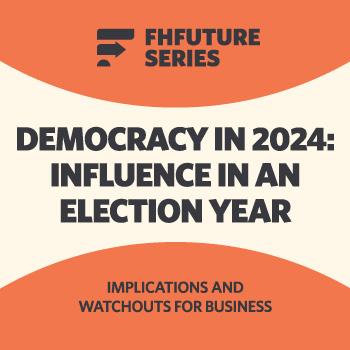The paradox of communicating CSR: Warts and all

Many companies try to improve their image by communicating their involvement in socially responsible activities. This often arouses scepticism rather than achieving the intended goal. Greta Thunberg conveyed it most eloquently: “Blah, blah, blah”.
In this series, we explore ways to successfully manage the predicament.
Join us on Tuesday 16 November 2021 for a webinar panel of speakers comparing real-life experiences on the challenges of building trust with their audiences when communicating CSR.
Warts and all corporate authenticity
In post 3. ‘The learning curve‘, we homed in on the interception between corporate citizenship, communication and reputation. We now turn our attention to the notion of authenticity in today’s hyper-connected world.
The prevalence of social media makes companies visible in ways that increase demands and expectations for disclosures.
Companies are in an ever-brighter spotlight from which it is virtually impossible to escape and where stakeholders of all kinds can and do seek and obtain information.
Stakeholders expect authenticity and transparency, continuous interactive communication, and information exchanges built on relationships that go beyond one-way announcements.
While corporate communications and corporate responsibility teams are often at the forefront of listening to stakeholder concerns, other departments and functions are increasingly involved. Investor relations, for example, are seeing a spike in shareholder resolutions.
Businesses face increasing scrutiny from activists, media and investors who demand a variety of social reporting. These include multiple-bottom line reports, which focus not only on economic returns and impacts but also on social and ecological factors.
To manage their own reputation, many companies feel the need to report regularly on environmental, social and governance (ESG) issues. The primary way is via their websites and press releases, along with disclosures in mandatory documents, typically in financial reports.
Too many of these can be laudatory rather than open about the issues and challenges the business faces. This can, and does, fuel the paradox.
Just publishing a report isn’t enough. Nor is cherry-picking the information. Companies need to determine who will read their reports and how best to make sure they will find them credible.
In post 5, ‘True engagement’, we will turn our attention to the importance of stakeholders for communicating authentically on corporate citizenship.
Richard Costa is Director and Head of Corporate Reporting at Ensemble Studio.
Find Out More
-
Democracy in 2024: Influence in an election year
May 2, 2024
-
Platinum CMS Award
March 13, 2024


